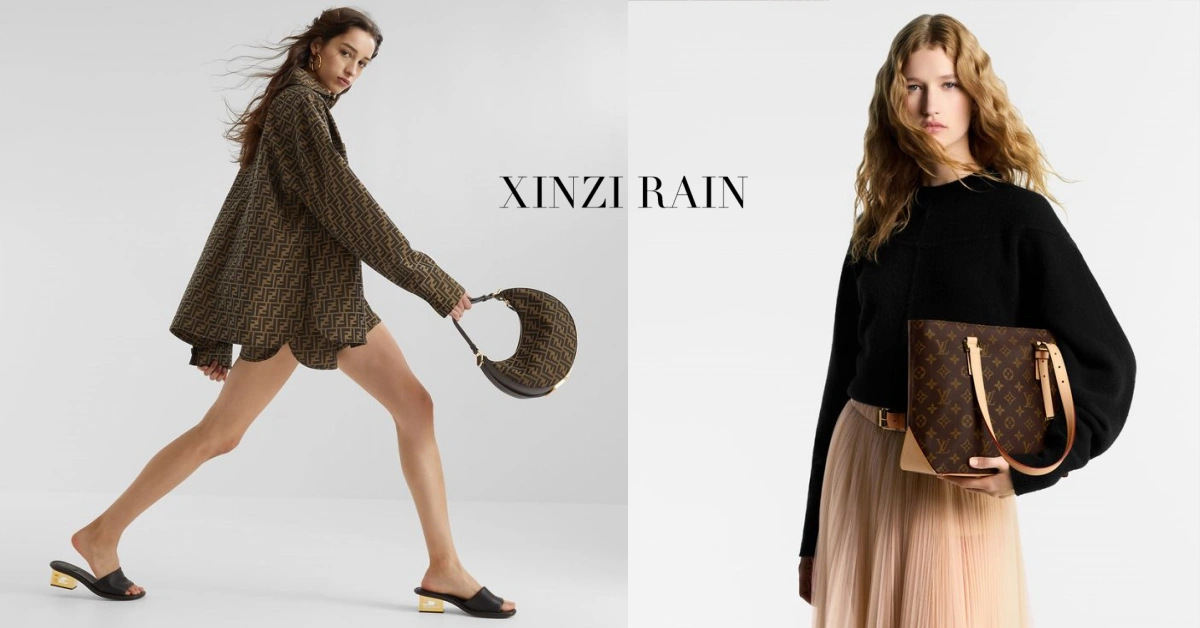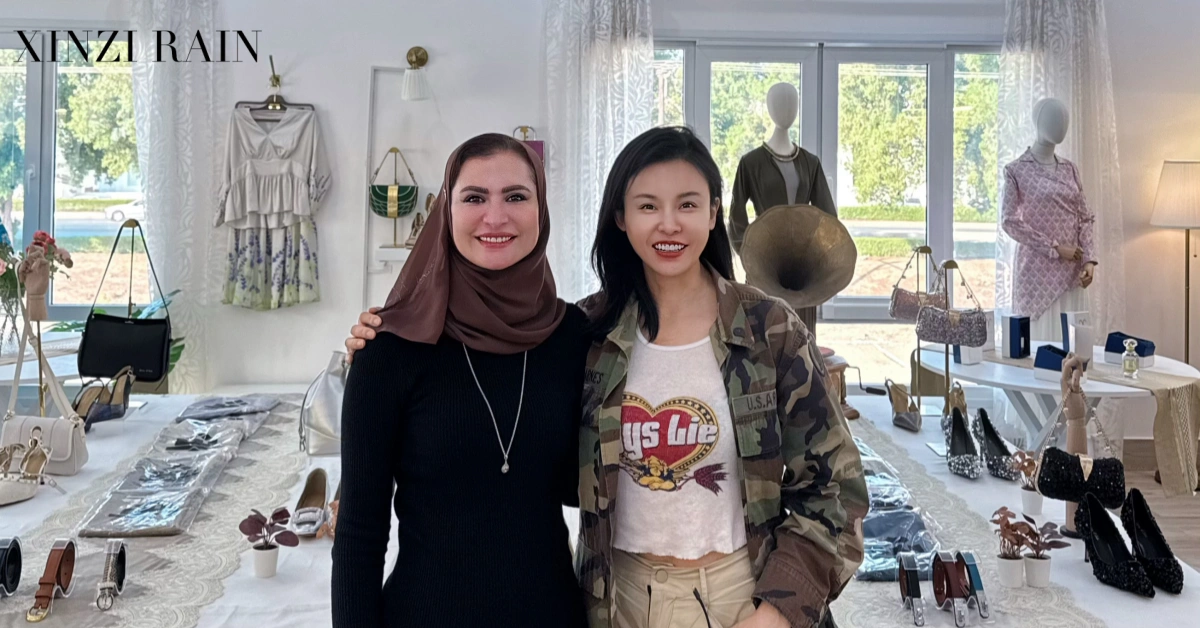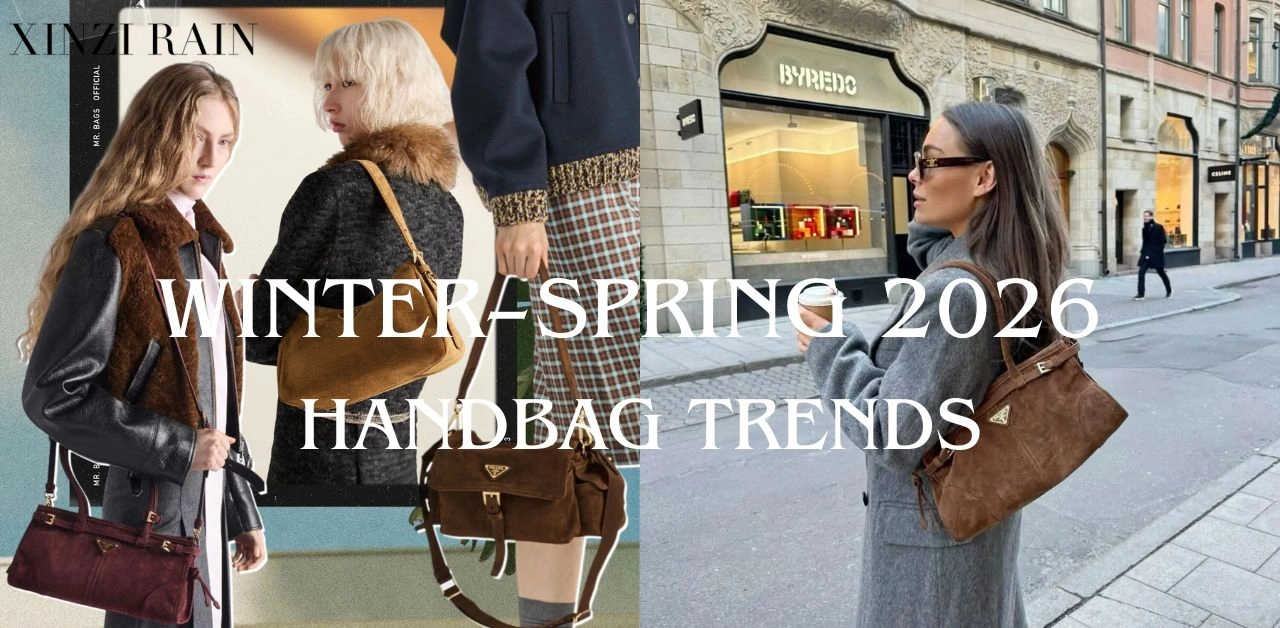Do you remember the days when a new pair of shoes almost guaranteed blisters on your heels?
Or when you had to size up just to give your toes a little more room?
For many consumers, those compromises are finally starting to disappear.
Recently, Converse announced a new CHUCK 70 Wide version. According to the brand, the overall shoe dimensions have been widened and raised, with a total increase of around 15 mm, and the outsole width increased by about 7 mm. The classic black-and-white high- and low-top styles are now available in both regular and wide lasts—at the same price.
Converse is far from alone. From sports brands to dress shoe labels, from high-end design to mass market, a quiet but powerful shift is underway:
shoes are moving from narrow to wide.
For manufacturers and private-label brands, this is not just a design detail. It is a real market opportunity.
From Niche to Mainstream: The Rise of Wide-Fit Footwear
More and more brands are adding wide-fit options alongside their regular styles.
Sports brands
HOKA ONE ONE offers both standard and wide versions of its “Clifton 10” running shoes for men and women.
Brooks goes even further, with standard, wide and extra-wide fits across many models.
ASICS provides three width options for the men’s GT-2000 13:
Standard
Wide (2E) – around 3% more forefoot girth, 1–3 mm wider
Extra wide (4E) – around 6% more forefoot girth, 3–5 mm wider
All three versions are sold at the same price, and sales data show strong acceptance for the wide and extra-wide lasts.
Casual and comfort footwear
The “wide shoe wave” is also visible in everyday footwear:
Once called “ugly shoes,” clogs have become a youth fashion favorite. Their roomy instep and adjustable straps allow more foot freedom.
German-origin Birkenstock-style sandals, with wide toe boxes and ergonomic cork footbeds, have made the idea of “wide = comfortable” widely accepted.
Snow boots with round, generous interiors deliver warmth and comfort in winter, reinforcing consumers’ preference for space over constraint.

Dress and fashion shoes
Even in traditionally narrow categories like dress shoes and heels, width options are expanding.
Some women’s brands offer both standard and wide-fit loafers and high heels. The length remains the same; only the ball-girth is increased—often by around 5 mm—to create more room at the forefoot.
Popular women’s labels such as 7or9 provide standard and wide lasts for multiple series, with wide versions adding about 3 mm in width and 6–7 mm in forefoot girth.
Men’s dress shoe brands like Clarks also distinguish between standard and wide widths.
Across categories, price is usually identical between regular and wide lasts. The message is clear: width is no longer a premium upcharge, but a standard option.
Why Is the Wide-Fit Trend Emerging Now?
If wide shoes are more comfortable, why weren’t they the default from the beginning?
The answer lies in aesthetic tradition and industrial habits.
For centuries, narrow shoes—especially pointed toes—were associated with elegance and status. In 16th–17th century Europe, aristocrats prized elongated, narrow silhouettes as symbols of refinement and class. Industrial shoemaking later standardized these visual norms, prioritizing streamlined lasts for mass production.
In large-scale factories, one “average” last was expected to fit most people. Designing and producing multiple widths meant more molds, more inventory, and more complexity. So “narrow” quietly became the default.
Only now, with shifting consumer values and better technology, are brands finally questioning that assumption.
Comfort Takes the Lead
Today’s consumers are no longer willing to suffer for style.
According to a recent lifestyle survey, 78.2% of respondents list comfort as their first priority when buying apparel and footwear—above quality, versatility, or trendiness.
The change is especially obvious among runners. Many discover that after several years of consistent training, their once-perfect running shoes feel tight. Mileage and muscle development change the foot:
After 3+ years of running, average foot length can increase 3–5 mm
Foot width can increase 2–3 mm
That’s equivalent to half to a full size difference.
As one runner put it:
“I’ve been running for five years. My old size is too tight now, so I have to choose a half size up and a wide fit. At first I thought my feet were just swollen, but it’s actually a real change in foot shape.”
Beyond comfort, health is another major driver.
Shoes that are too narrow can cause:
Poor blood circulation in the feet
Bunions and hallux valgus
Ingrown toenails
Chronic pain and pressure points
As consumers become more aware of foot health, demand for wider lasts and roomier toe boxes naturally rises.
Asian Feet Are Naturally Wider
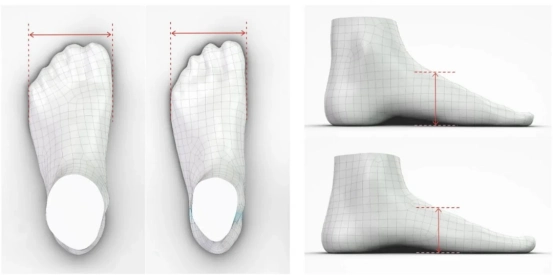
One important fact has long been ignored: Asian feet are generally wider.
A 2019 study published in Scientific Reports used 3D scanning on 1.2 million men and women from North America, Europe, and Asia. The results showed:
At the same foot length, Asian men and women had significantly greater average foot width than their North American and European counterparts.
For men, minimum foot width among Asians was 89 mm, compared with 85 mm in North America and 84 mm in Europe.
For women, Asian minimum foot width was 86 mm, while both North American and European minima were below 85 mm.
Maximum widths were also slightly higher among Asian women.
In simple terms:
Asian consumers are naturally better suited to wide-fit shoes.
For brands targeting Asian markets—or Asian diaspora consumers in Europe, the US or the Middle East—ignoring width is no longer an option.
What This Means for Footwear Brands and Importers
The shift from “narrow” to “wide” is more than a trend; it is part of a broader move toward personalized, inclusive sizing.
For brand owners, distributors, and private labels, this creates several opportunities:
Differentiate through comfort
Offering wide and extra-wide fits shows that you genuinely understand real feet—not just standard size charts.
Address underserved segments
Consumers with wide feet or larger sizes have historically had few options, especially in fashion heels and dress shoes. Serving them builds loyalty.
Improve customer satisfaction and reduce returns
Better fit means fewer blisters, less pain, and fewer “worn once, never again” purchases.
Align with health and wellness trends
As more people care about body mechanics and long-term joint health, footwear that supports natural foot shape will gain traction.
But capturing this opportunity requires more than simply “making shoes wider.”
Brands need a manufacturer who understands last grading, pattern adjustment, material behavior, and aesthetic balance when increasing width.
This is where XINZIRAIN comes in.
How XINZIRAIN Helps Brands Develop Wide-Fit and Large-Size Collections
As a specialized OEM/ODM footwear and bag manufacturer, XINZIRAIN has worked with many international clients to create:
Wide-fit high heels and sandals for Asian and Middle Eastern markets
Extended-size collections (larger sizes for women’s heels and men’s dress shoes)
Wide-toe casual shoes, clogs and Birkenstock-style sandals
Custom-width lasts for specific brand concepts
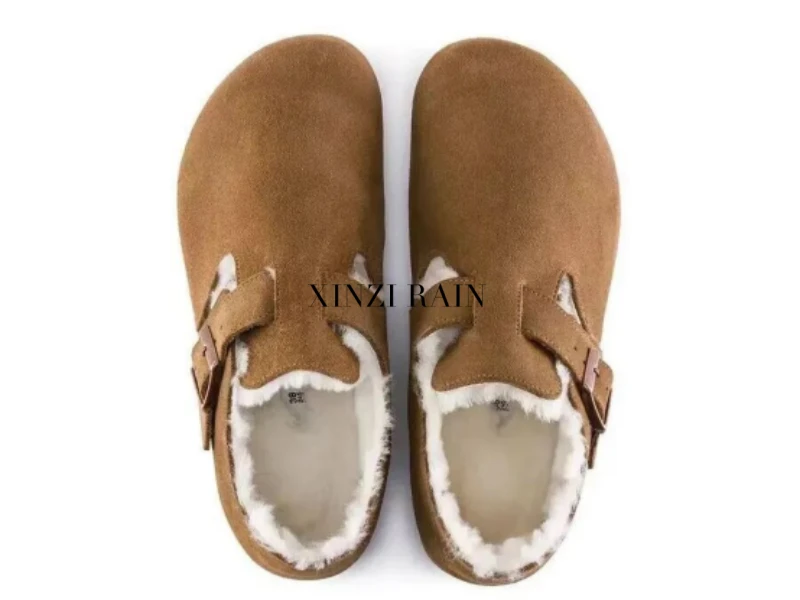
Our capabilities include:
Custom last development
We can create dedicated wide lasts based on your target consumer profile (e.g., Asian, GCC, plus-size focused).
Pattern optimization
Simply enlarging the upper is not enough. Our technicians re-balance the upper pattern, toe shape and vamp line so that the shoe still looks elegant while offering more room.
Grading for extended sizes
From regular to larger sizes, we adjust both length and width intelligently to keep proportions correct.
Comfort engineering
Additional forefoot volume is matched with suitable linings, insole foam thickness, and outsole flexibility.
Consistent pricing structure
Many of our clients choose to price standard and wide-fit versions identically, following best practices from global brands.
Over the years, we’ve seen wide-fit products become top performers in several client collections—especially in markets such as East Asia, Southeast Asia and the Middle East.
Wide-Fit Shoes and the Future of the Footwear Market
From clogs and Birkenstock-inspired sandals to performance running shoes, snow boots and dress shoes, wide-fit concepts are entering every category.
This evolution reflects a deeper change in consumer mindset:
from “feet adapt to shoes” to “shoes adapt to feet.”
Pointed or ultra-narrow shoes will certainly remain for specific fashion moments. But for daily life—work, commuting, travel, leisure—more and more people are choosing shoes that respect their natural foot shape.
As more brands add width options and consumers become more educated about foot health, wide-fit footwear is moving from background extra to center stage.
After all, shoes exist to serve people—
not the other way around.
Ready to Develop Your Own Wide-Fit or Extended-Size Line?
If you are a brand, designer, importer, or retailer who wants to:
add wide-fit versions to existing bestsellers,create a comfort-driven line for Asian or Middle Eastern markets,or develop a large-size collection for underserved customers,
XINZIRAIN is ready to support you from concept to production.
We provide:
Trend and market insight
Last development and technical consulting
Sampling and fit testing
Full OEM/ODM production
Packaging and branding support
Start your project:
FAQ: Wide-Fit Footwear & Working with XINZIRAIN
Q1: What is the difference between a wide-fit shoe and simply choosing a larger size?
A larger size increases overall length and sometimes width, but it can throw off fit at the heel and arch. A wide-fit shoe keeps the correct length while increasing forefoot width and girth, giving more space without causing heel slippage.
Q2: Can XINZIRAIN develop both standard and wide lasts for the same style?
Yes. Many of our clients release the same design in regular and wide options. We develop paired lasts so the visual style stays consistent while fit differs.
Q3: Which markets benefit most from wide-fit shoes?
We see strong demand in Asian markets (due to naturally wider feet), as well as GCC countries and Western markets where consumers focus on comfort and foot health.
Q4: What is the minimum order quantity for a wide-fit project?
MOQs depend on the construction and materials, but we regularly support brands with flexible quantities for new projects or market testing. Our team can advise the best structure for your budget and sales plan.
Q5: Can you also produce bags or packaging that match a wide-fit footwear line?
Yes. XINZIRAIN also manufactures bags and packaging, helping clients develop cohesive, full-look collections with consistent branding.




